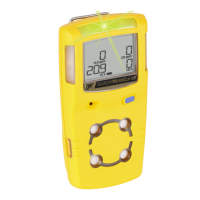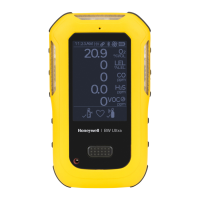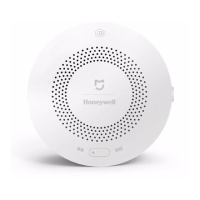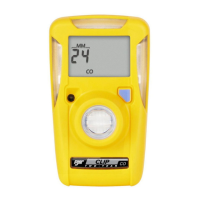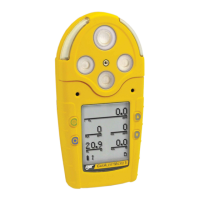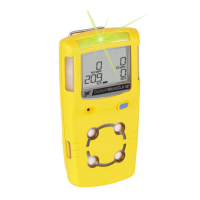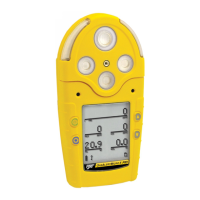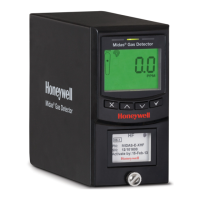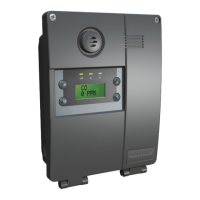Safety Information - Read First
Use the detector only as specified in this technical reference guide, otherwise the protection
provided by the detector may be impaired.
Read the See "Cautions" below for more information. on the following pages before using the
detector.
WARNING
This instrument contains a lithium polymer battery. Dispose of lithium cells immediately. Do
not disassemble and do not dispose of in fire. Do not mix with the solid waste stream. Spent
batteries must be
disposed of by a qualified recycler or hazardous materials handler.
Cautions
l Warning: Substitution of components may impair Intrinsic Safety.
l Caution: For safety reasons, this equipment must be operated and serviced by qualified
personnel only. Read and understand the technical reference guide completely before
operating or servicing.
l Do not use the detector if it is damaged. Inspect the detector before using. Look for
cracks and/or missing parts.
l If the detector is damaged or parts are missing, contact Honeywell BW™ MaxXT II
immediately.
l Use only sensor(s) that are specifically designed for the MaxXT II model. Refer to
Replacement Parts and Accessories.
l Calibrate the detector before first-time use and then on a regular schedule, depending on
use and sensor exposure to poisons and contaminants. Sensors must be calibrated
regularly and at least once every 180 days (6 months).
l Honeywell recommends to bump test the sensors, before each day’s use, to confirm their
ability to respond to gas by exposing the detector to a gas concentration that exceeds the
alarm setpoints. Manually verify that the audible and visual alarms are activated. Calibrate
if the readings are not within the specified limits.
l Protect the combustible sensor from exposure to lead compounds, silicones, and
chlorinated hydrocarbons. Although certain organic vapors (such as leaded gasoline and
halogenated hydrocarbons) may temporarily inhibit sensor performance, in most cases,
the sensor will recover after calibration.
l Honeywell recommends the combustible sensor be checked with a known concentration
of calibration gas after any known exposure to catalyst contaminants/poisons (sulfur
compounds, silicon vapors, halogenated compounds, etc).
BW MaxXT II 7 User Manual
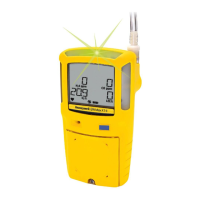
